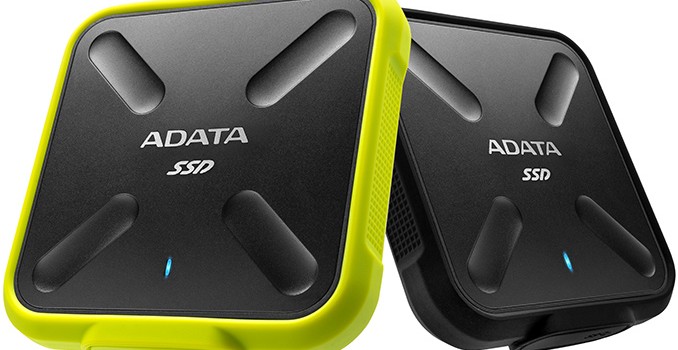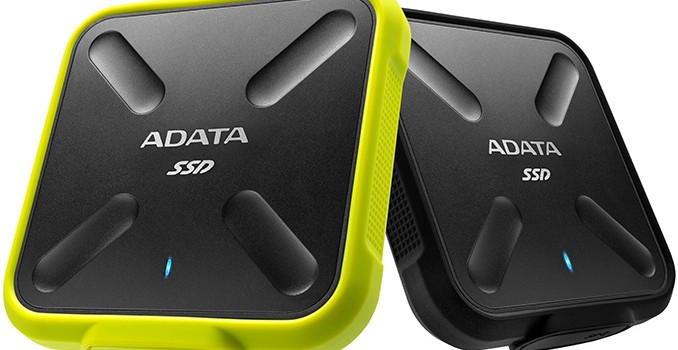The Intel SSD 600p (512GB) Review
Intel’s SSD 600p was the first PCIe SSD using TLC NAND to hit the consumer market. It is Intel’s first consumer SSD with 3D NAND and it is by far the most affordable NVMe SSD: current pricing is on par with mid-range SATA SSDs. While most other consumer PCIe SSDs have been enthusiast-oriented products aiming to deliver the highest performance possible, the Intel 600p merely attempts to break the speed limits of SATA without breaking the bank.


